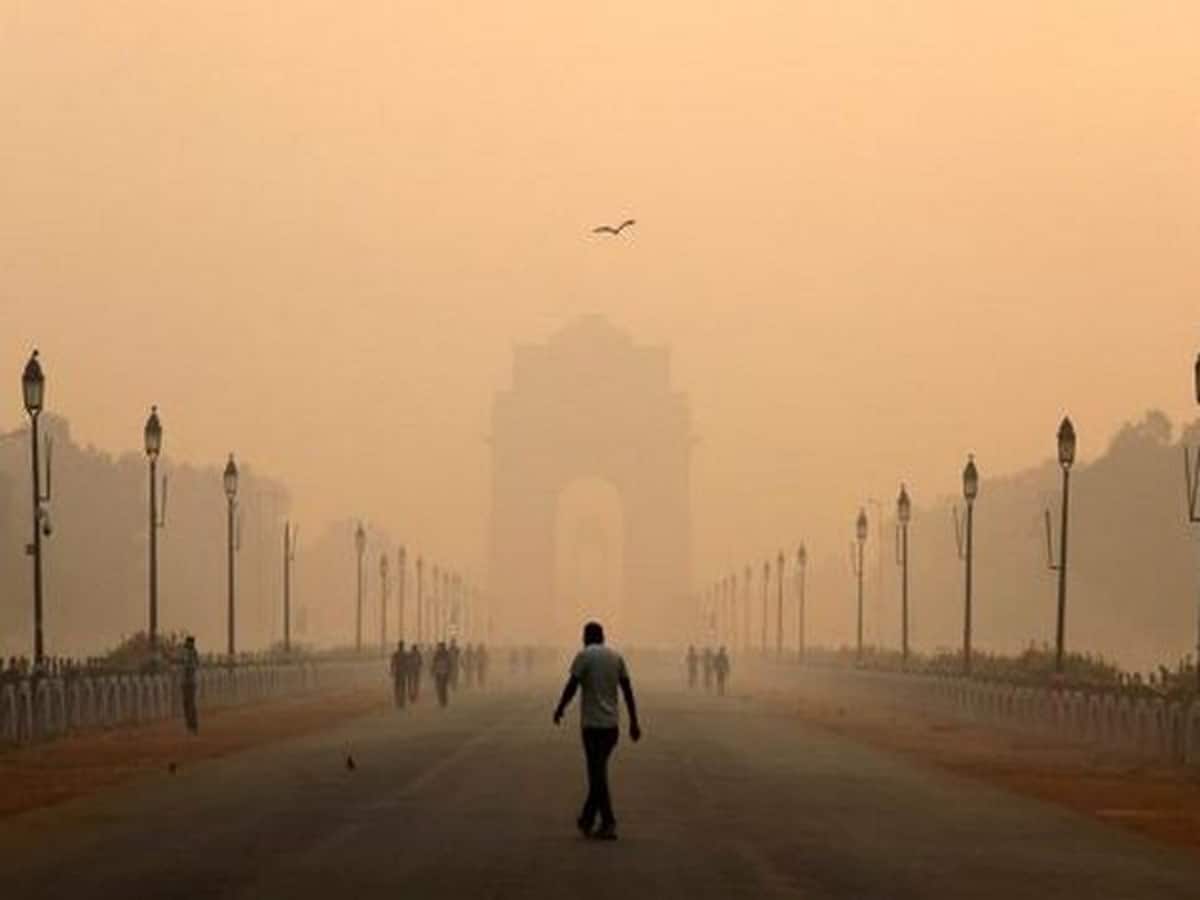New Delhi: The national capital’s air pollution levels reduced slightly and were recorded in the “moderate” category on Friday morning.
The city recorded an air quality index (AQI) of 198 which falls in the “moderate” category. The 24-hour average AQI was 208 on Thursday.
Delhi’s air quality had turned poor on Wednesday, the first time in since June 29, with the Central Pollution Control Board (CPCB) recording a 24-hour average AQI of 215. The AQI was 230 on June 29.
An AQI between 0 and 50 is considered ‘good’, 51 and 100 ‘satisfactory’, 101 and 200 ‘moderate’, 201 and 300 ‘poor’, 301 and 400 ‘very poor’, and 401 and 500 ‘severe’.
The Ministry of Earth Sciences’ air quality monitor, SAFAR, said the AQI is likely to improve to the “moderate” category by Saturday.
A gradual increase was observed in farm fires around Punjab, Haryana, and neighbouring border regions, it said.
The boundary layer wind direction and speed are favorable for the transport of pollutants towards Delhi but a shift in the wind direction is predicted which will keep air quality in the “moderate” category, SAFAR said.
On Friday morning, Delhi’s minimum temperature settled at 19.2 degrees Celsius. The maximum wind speed was 15 kilometers per hour and the direction was northwesterly.
Low temperatures and stagnant winds help in accumulation of pollutants near the ground, affecting air quality.
High levels of air pollution in Delhi is a year-round problem, which can be attributed to unfavorable meteorological conditions, farm fires in neighbouring regions and local sources of pollution.
According to an analysis by the Council on Energy, Environment and Water, a Delhi-based think tank, transportation contributes the most — 18 to 39 percent — to Delhi’s air pollution.
Road dust is the second largest source of air pollution in the city (18 to 38 percent), followed by industries (2 to 29 percent), thermal power plants (3 to 11 percent) and construction (8 percent).
The Delhi government on Monday launched a massive anti-air pollution campaign.
Chief Minister Arvind Kejriwal said he himself will review the situation daily.
A “green” war room was also inaugurated by Environment Minister Gopal Rai at the Delhi Secretariat to monitor the steps being taken to deal with high levels of air pollution in winters.
The government will also start the spraying of ‘Pusa bio-decomposer’ solution in non-Basmati rice fields in the national capital, starting October 11.
The solution, experts say, can turn stubble into manure in 15 to 20 days and therefore, can prevent stubble burning.
Starting October 15, stricter measures to fight air pollution will also come into force in Delhi and its neighbourhood as part of the Graded Response Action Plan, which was first implemented in Delhi-NCR in 2017.
These measures include increasing bus and metro services, hiking parking fees and stopping use of diesel generator sets when the air quality turns poor.
When the situation turns “severe”, GRAP recommends closure of brick kilns, stone crushers and hot mix plants, sprinkling of water, frequent mechanised cleaning of roads and maximising power generation from natural gas.
The measures to be followed in the “emergency” situation include stopping entry of trucks in Delhi, ban on construction activities and introduction of the odd-even car rationing scheme.

